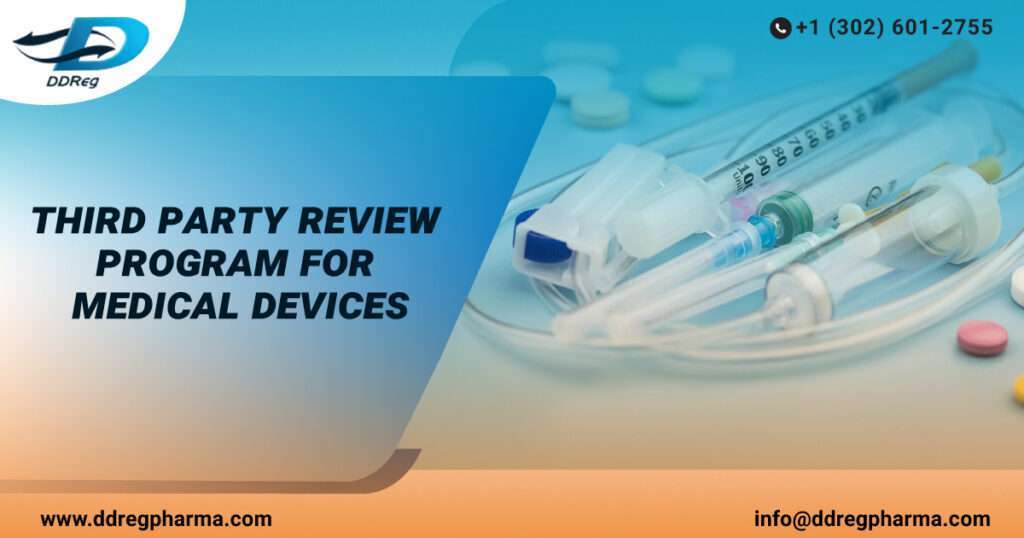The onset of the pandemic highlighted many obstacles pertaining to medical devices used to detect and diagnose the virus, SARS-CoV-2. Many device manufacturers emerged with their concerns and requested for “Emergency-Use Authorization” (EUA) for their in vitro diagnostic medical devices used to help detect the virus. In response to this request, the US FDA provided manufacturers with templates that outlined the agency’s expectations regarding the development of prescription tests for the virus across various forms of technology. These included molecular, antigen, and serology tests.
The tests that were issued the EUA status for the virus grew in number to meet the demand. This encouraged the US FDA to review EUA requests for tests with “new” intended uses (i.e., OTC tests for home use). As this number grew, and as the US FDA became aware of the kind of information required to support EUA requests, the agency contracted with 3PEUA Review Organization (3PEUA RO) to review and provide recommendations for the in vitro diagnostic device EUA requests. In doing so, the FDA were authorized by FD&C Act to use third party review organizations to “conduct initial reviews” of EUA requests for in vitro diagnostic products, in 2022.
Overview of the 3P510k Review Program vs 3PEUA Review process
The 3P510k Review Program supports the US FDA’s goal in safeguarding patient & public health by allowing the US FDA to allocate its resources in reviewing high-risk medical devices, while at the same time maintaining confidence with respect to low to moderate risk device reviews. The overview of the 3P510k Review Program is as follows:
- Manufacturing looking to obtain 510(k) approval sends submission to 3P510k Review Organization
- 3P510k Review Organization reviews submission
- 3P510k Review Organization submits documents and recommendations to US FDA
- US FDA reviews these and makes final decision
- US FDA informs 3P510k Review Organization of final decision
- 3P510k Review Organization informs the manufacturer of final decision
- Review is complete
In order to support the FDA’s review process for EUA, the agency can choose to partner with 1 or more 3PEUA ROs. The 3PEUA Review process typically goes as follows:
- EUA submitter sends requests to US FDA
- US FDA sends the request to an appropriate 3PEUA reviewer party
- The 3PEUA RO reviews and liaises with manufacturers for any queries/gaps
- The 3PEUA RO submits the documents and sends its recommendation to the US FDA
- The US FDA reviews and EUA and informs the 3PEUA RO of their decision
- The US FDA issues authorization letter
- Review is complete
Both reviews differ from each other with respect to the following:
- EUA submitters should send their requests to the US FDA who may choose to send certain requests to a 3PEUA RO. The FDA may determine that EUA requests be directly sent to a 3PEUA RO for in vitro diagnostic devices.
- The US FDA can contract directly with 3PEUA Ros including for in vitro diagnostic device EUA request review, where the FDA may find it more appropriate to send the request directly to a 3PEUA RO.
510(k) Third Party Review Program and Third Party Emergency Use Authorization Review
The US FDA released a draft guidance document, 510(k) Third Party Review Program and Third Party Emergency Use Authorization Review, that elaborates and shall supersede the 2020 guidance regarding third party reviews.
The guidance document provides the US FDA’s expectations for the 2 difference third party review pathways, and how the agency shall determine which devices can undergo the third party review. It also delineates the US FDA’s expectations for a “substantial” review, and how it would withdraw 3P510k should the need arise including its compensation.
The guidance highlights the collaboration with the International Medical Device Regulators Forum (IMDRF) and leverages the Good Regulatory Review Practices (GRRP) working groups’ documents to set fundamental standards for third-party reviews.
Examples of factors used to determine the eligibility for the third party review pathway include the risk associated with the device type, intended use, availability of information, and interdisciplinary expertise. The FDA maintains a regularly updated database reflecting eligibility factors based on new device types and relevant considerations.
There is a need for Third Party Review Organizations to conduct reviews equivalent to those of the FDA, focusing on scientific and technical data. The steps involved include determining expertise, preventing forum shopping, assigning personnel, obtaining relevant FDA guidance, ensuring administrative completeness, conducting substantive reviews, identifying deficiencies, and documenting the entire review process. Specific recommendations for each stage underscore the importance of clear and thorough documentation.
The guidance outlines the content and format requirements for organizations applying for initial recognition or re-recognition as a 3P510k RO. The process involves a single PDF submission, acknowledgement from the FDA within 60 days, and periodic evaluations occurring at least once every three years.
Conclusion
The 510(k) Third Party (3P510k) Review Program revision extends the program to cover Emergency Use Authorization (EUA) reviews, addressing challenges from the COVID-19 pandemic. Overall, these enhancements ensure the program’s adaptability and regulatory integrity, facilitating timely evaluations of low-to-moderate-risk medical devices and contributing to public health and safety.
Reach out to DDReg for regulatory services pertaining to medical devices and combination products. With over 15 years of experience of working alongside stringent markets, we ensure seamless registration and life cycle management. Read more from the experts on medical devices: Enhancing Medical Device Cybersecurity.

